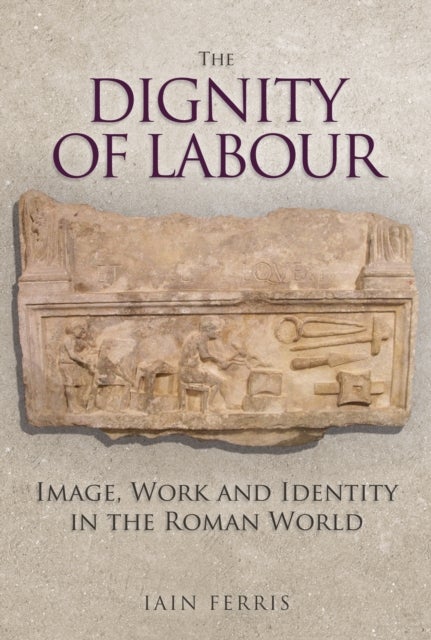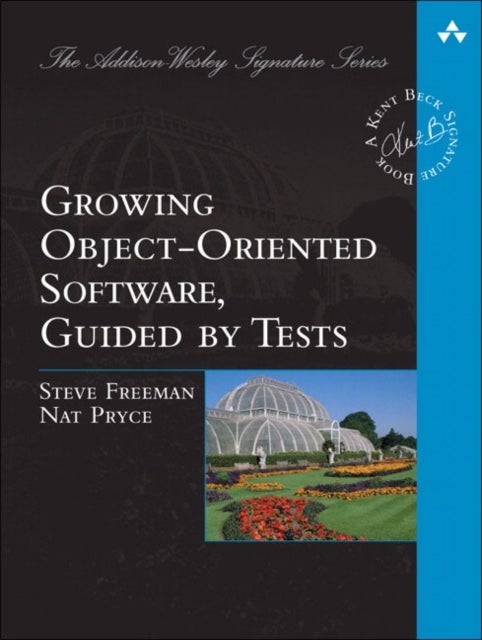
The Dignity of Labour av Dr Iain Ferris
299,-
This is the first book to present an analysis of images of working people in Roman society and to interpret their meaning and significance. What did work mean to the Romans?Numerous incidental illustrations of agricultural workers occur in Roman artworks, particularly mosaic pavements. More significantly, the names and trades of many individual working people, artisans, and professionals are known from inscriptions and funerary monuments in Rome and from across the empire. Indeed, the names and trades of over twelve hundred men and over two hundred women are known from inscriptions in Rome alone.The most extraordinary individual funerary monuments for working people are the Tomb of Eurysaces the Baker that still stands at Porta Maggiore in Rome and the Tomb of the Haterii in the Vatican Museums, the latter a monument to a family that had made their fortune in the construction industry in the city. Less grand but equally informative are the dozens of other funerary monuments to people s








